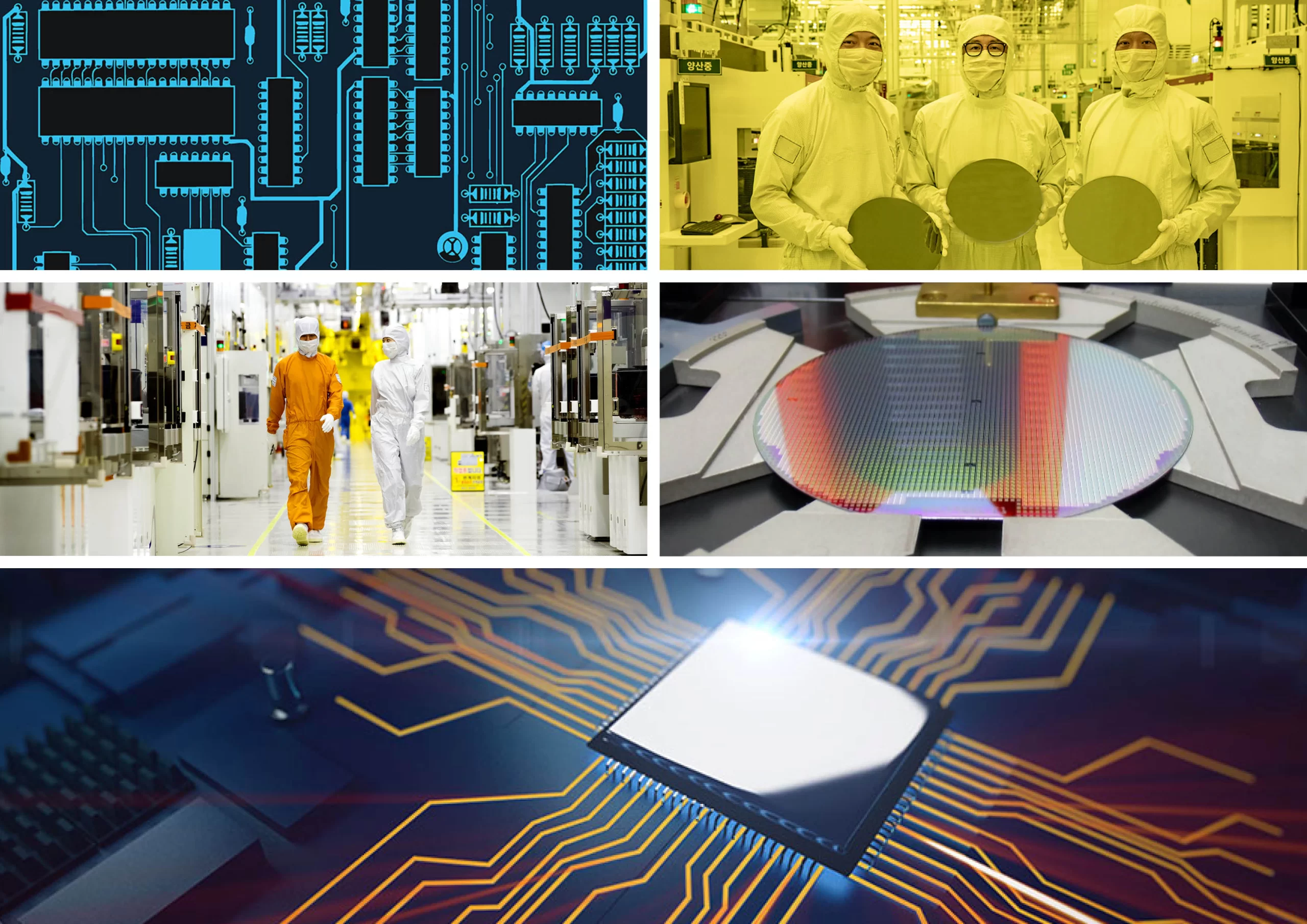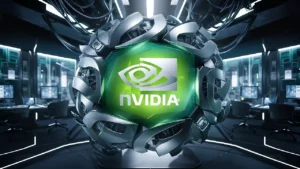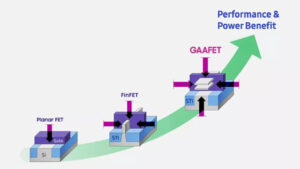Introduction
The semiconductor industry is a dynamic and critical sector, powering the devices that have become integral to our daily lives. Within this industry, companies employ different business models to navigate the complex landscape of semiconductor design and manufacturing. In this blog post, we will explore 3 3 Business Model in Semiconductor Ecosystem: IDM (Integrated Device Manufacturer), FAB (Foundry), and FAB Lite.
3 Business Model in Semiconductor Ecosystem
1. IDM (Integrated Device Manufacturer):
IDM companies, such as Intel Corporation, take a comprehensive approach to semiconductor operations. They manage both the design and manufacturing processes in-house, giving them complete control over the entire product life cycle.
Companies:
Intel is a prime example of an IDM, where the company’s engineers handle chip design and guide the fabrication process within their own facilities.
Pros:
- Control Over Entire Process: IDMs have the advantage of overseeing every aspect of chip development, from conception to production.
- Innovation: The tight integration of design and manufacturing teams facilitates rapid innovation.
- Customization: The ability to produce custom chips for specific applications.
Cons:
- High Capital Expenditure: Building and maintaining semiconductor fabrication facilities requires substantial capital investment.
- Resource Intensiveness: Managing both design and manufacturing operations can be resource-intensive.
- Market Volatility: IDMs may face challenges adapting to market changes due to the extensive commitment to in-house manufacturing.
Read More: why-bitcoin-etf-approval-could-propel-nvidia-profits-amid-miner-capacity-surge
2. FAB (Foundry):
Foundries, such as Taiwan Semiconductor Manufacturing Company (TSMC), focus solely on manufacturing semiconductor wafers based on designs provided by other companies, known as fabless semiconductor companies.
Companies:
TSMC is a global foundry that serves a diverse clientele of fabless semiconductor companies.
Pros:
- Cost-Efficiency: Fabless companies can avoid high upfront costs associated with building and maintaining fabs.
- Global Presence: Foundries often serve a global clientele, contributing to a diverse customer base.
- Scalability: Easy scalability to accommodate the needs of various clients.
Cons:
- Dependency: Foundries are dependent on fabless companies for design, and their success is tied to the success of their clients.
- Limited Control: Lack of control over the entire process may lead to challenges in optimization.
- Intense Competition: The foundry market is highly competitive, with several major players vying for business.
Read More: Infosys to Acquire Chip Design Service Firm InSemi – techovedas
3. FAB Lite:
FAB Lite is a hybrid model where a company owns some semiconductor fabrication facilities but also outsources some production to external foundries. GlobalFoundries is an example of a company that follows a FAB Lite model.
Companies:
GlobalFoundries combines in-house facilities with external foundries, providing flexibility and risk mitigation.
Pros:
- Flexibility: Can leverage in-house facilities for critical processes while outsourcing non-core production to foundries.
- Risk Mitigation: Reduces dependence on a single manufacturing model, providing risk mitigation.
- Cost Control: Allows companies to control costs by optimizing the use of internal and external manufacturing resources.
Cons:
- Complex Management: Managing both in-house and outsourced production can be operationally complex.
- Integration Challenges: Integrating internally and externally manufactured components may pose technical challenges.
- Dependency on External Partners: Reliance on external foundries introduces dependencies and potential supply chain risks.
Read More: LLW DRAM: Samsung’s Announced Secret Weapon in the AI Revolution – techovedas
Conclusion
In conclusion, each semiconductor business model has its own set of advantages and challenges, and companies carefully choose the model that aligns with their strategic goals and resources. The semiconductor industry’s evolution continues, driven by the dynamic interplay of design, innovation, and manufacturing prowess. As technology advances, these business models will likely adapt to meet the ever-changing demands of the market.







